Insulation Tips
Best Insulation Batts for Australian Homes
Insulation batts are crucial for maintaining a comfortable home in Australia. Why is insulation important? And why is batt insulation so efficient? Batts come pre-cut in flat pieces and come in a range of thicknesses. This makes them perfect for fitting snugly between rafters, studs or joists.
The theory behind insulation batts is that they trap millions of tiny air pockets. These air pockets then break up the path of heat flow. This slows down the conduction of heat into or out of your home. In other words, these batts make your house warmer in winter and cooler in summer. Their increased energy efficiency also helps reduce your energy bills. Batts are the most common insulation in Australian homes, although there are alternatives such as reflective foil or rigid insulation panels.
Why Is Insulation Important?
The cornerstone of a modern, energy-efficient home is insulation. This is because insulation slows or prevents heat flow into and out of your house, providing year-round comfort. Before investing in a powerful heating or air conditioning system, your first step should be to improve your home’s insulation. It’s best to find and install the best insulation batts within your budget rather than trying to heat or cool a poorly insulated house.
If you skip this step, the consequences of inadequate insulation mean spending more money on energy bills to keep your house cool in summer or warm in winter. Another benefit of these lower bills is that less gas and electricity need to be produced, which is better for the environment. Insulation will also add a certain amount of soundproofing to your home.
Types of Batt Insulation
If you’re looking for the best insulation solution for your home or property, it’s hard to look past well-installed insulation batts. There are two main thermal types of batt insulation: glasswool insulation batts and polyester insulation batts. You can also get acoustic insulation batts, which have extra soundproofing qualities. These are typically made from glasswool, polyester or rockwool.
Glasswool Insulation Batts
In Australia, glasswool is the most common type of insulation used in homes and commercial buildings. Also referred to as “fibreglass” insulation, glasswool insulation batts are typically made from recycled glass, sand andother additives. The glass used can be plate glass (windows and windscreens) or container glass (bottles, etc.). The ingredients are mixed at extremely high temperatures and spun into fibres, which are then formed into insulation batts or rolls. By the way, there is no actual sheep wool in glasswool, which got its name because the glass fibres are spun “like” wool.
One reason glasswool batts are so effective is the large number of tiny air pockets which form between the fibres. Air is a relatively lousy conductor of heat or cold because its molecules are not in continuous contact with one another, unlike a solid. This makes air an excellent insulator. And that’s why a batt is less effective at slowing the flow of heat when it’s compressed or crushed. Let it retain its original thickness – with its air pockets – when you install it.
Some other benefits of modern glasswool are:
- Due to improvements in manufacturing processes over the past decade, glasswool has become much less itchy. One brand, Earthwool, is soft to the touch due to its special ECOSE® binder.
- Because glasswool insulation batts are pre-cut, they are easy to install. They come in compression-packed bags, which saves you time getting the insulation into the ceiling. Once up there, you can split the bags, which allows the batts to expand and fill with air pockets. Then, you can install them with a snug fit.
- Glasswool batts are usually more cost-effective (cheaper) than other types of batt insulation due to being mainly composed of recycled glass.
- Not flammable: As glasswool is made up of intertwined glass fibres, these batts are very resistant to fire.
Polyester Insulation Batts
Unlike glasswool, which is made from recycled glass, polyester insulation batts are often made from recycled plastic bottles, bags and other plastic materials. Even though they can be more expensive than glasswool, polyester batts are a very popular choice for a number of reasons:
- Polyester is very soft to handle and install, as well as being itch-free.
- The polyester fibres are not brittle and have little chance of being broken down into small, breathable particles or dust. This makes them a great choice for allergy or asthma sufferers.
- Polyester batts are fire-resistant and have a low fire-risk rating. Note that they are not considered totally inflammable because the fibres could melt when exposed to open flame.
- Polyester batts have thicker thermally bonded fibres which makes them durable and more resistant to moisture. . This makes polyester insulation an excellent choice forareas such as underfloors, which remain exposed to the elements.
It should be noted that bags of polyester insulation batts are bulkier to transport and carry than glasswool batts (which can be compressed into smaller bags).
Acoustic Insulation Batts
Most thermal batts offer some degree of acoustic performance. But how do you tell the difference between thermal and acoustic insulation? If you’re looking for specific soundproofing (acoustic) batts, the density (kg/m3) and thickness of the insulation are the biggest factors to consider. Obviously, the denser and thicker, the better the soundproofing will be.
With thermal insulation, the critical factor is the R-value. This measures the ability to resist heat flow. The higher the number, the more effective it is at insulation.
The Difference Between Thermal and Acoustic Insulation
You should install acoustic insulation batts whenever you need to reduce noise transfer in your house. They can reduce sound vibrations by up to 75% when correctly installed. If you’ve got a home theatre or music room, placing acoustic batts in those internal walls is a good idea.
Noisy neighbours or a busy road? No problem! These batts are equally effective in external walls. They are not typically placed in a ceiling, but are often placed between the floors of a two-storey home to help maintain peace and quiet.
Acoustic insulation batts are made from a range of materials including glasswool, polyester and rockwool.
Factors to Consider When Choosing Insulation
Choosing the right type of insulation is an important part of maintaining a comfortable and energy-efficient home. With so many different climates in Australia, your location, as well as the effectiveness (R-value) of your insulation batts, need to be carefully matched.
Location
When choosing your insulation batts, you should keep in mind the particular climate of your area. Because Australia is one of the largest land masses on earth, it can be subject to extremes – from tropical regions to the Alps, the green countryside, and the deserts. That’s why the Australian Building Codes Board (ABCB) has divided Australia into eight different Climate Zones:
- Climate Zone 1 – These are Australia’s northernmost areas with a high-humidity summer and a warm winter.
- Climate Zone 2 – Found in the coastal areas of southern Queensland and northern NSW, which have a warm, humid summer with a mild winter.
- Climate Zone 3 – A hot, dry summer and a warm winter found in parts of Queensland, WA and NT.
- Climate Zone 4 – A hot, dry summer and cool winter found in parts of NSW, WA and SA.
- Climate Zone 5 – A warm, temperate climate found in parts of Queensland, NSW, WA and SA.
- Climate Zone 6 – A mild, temperate climate found in coastal areas around the southern part of the continent.
- Climate Zone 7 – A cool, temperate climate found in parts of NSW, Victoria and Tasmania.
- Climate Zone 8 – These are the alpine regions of NSW, Victoria and Tasmania.
R-Values
The R-value measures the thermal performance of your insulation. The higher the R-value, the better the performance of your insulation batts. The National Construction Code (NCC) has energy efficiency requirements that need to be met. The code talks about the thermal performance of the “building fabric”, which includes roofs, walls, glazing and floors. While you should directly consult the code for each individual case, here are some broad “rule of thumb” guidelines for the different Climate Zones:
- For roof insulation, Zones 1-6 require a minimum “total” R-value of 5.1. Zones 7 and 8 require a total of 6.3.
- For wall insulation, Zones 1-6 require a minimum total R-value of 2.8. Zone 7 requires 3.0, and Zone 8 requires 3.2.
- For floors, Zones 1 to 6 need a minimum total R-value of 1.0. Zones 7 and 8 require 1.3.
- The minimum R-values are outlined in the energy report when building a new dwelling or existing one. Recent changes to the NCC 2022 mean that most new houses in Australia will need to achieve a minimum energy efficiency rating of 7-Stars.
Find the Best Batts for Your Australian Home
Pricewise Insulation is Australia’s biggest online store for residential and commercial insulation. We sell a huge range of wall, floor and ceiling batts, including:
- Knauf Earthwool – Soft to the touch and easy to install, Earthwool insulation batts in the walls, ceiling and floor of your home can reduce your energy bills by up to 45%!
- Pink Batts – Made from lightweight, flexible and resilient glasswool, Pink Batts come in a large range of R-values to match your Climate Zone – from 1.5 to 6.0!
- Bradford Gold Batts – These high-performance batts make your home more energy efficient by helping to reduce heat transfers by up to 70%.
- Autex Greenstuf Polyester – Well-suited to the Victorian climate, these batts are made from 100% pure polyester. They are non-toxic, non-allergenic, non-irritant, and safe to install.
Get Insulation Batts Delivered Directly to Your Door
Pricewise Insulation is Australia’s #1 online reseller of insulation. From small DIY installers to large building contractors, our competitive pricing and trustworthy service have earned us significant popularity in both the domestic and commercial markets.
Order your insulation batts online or call 1300 729 639, and we’ll deliver them as quickly as possible to your location anywhere in Australia!



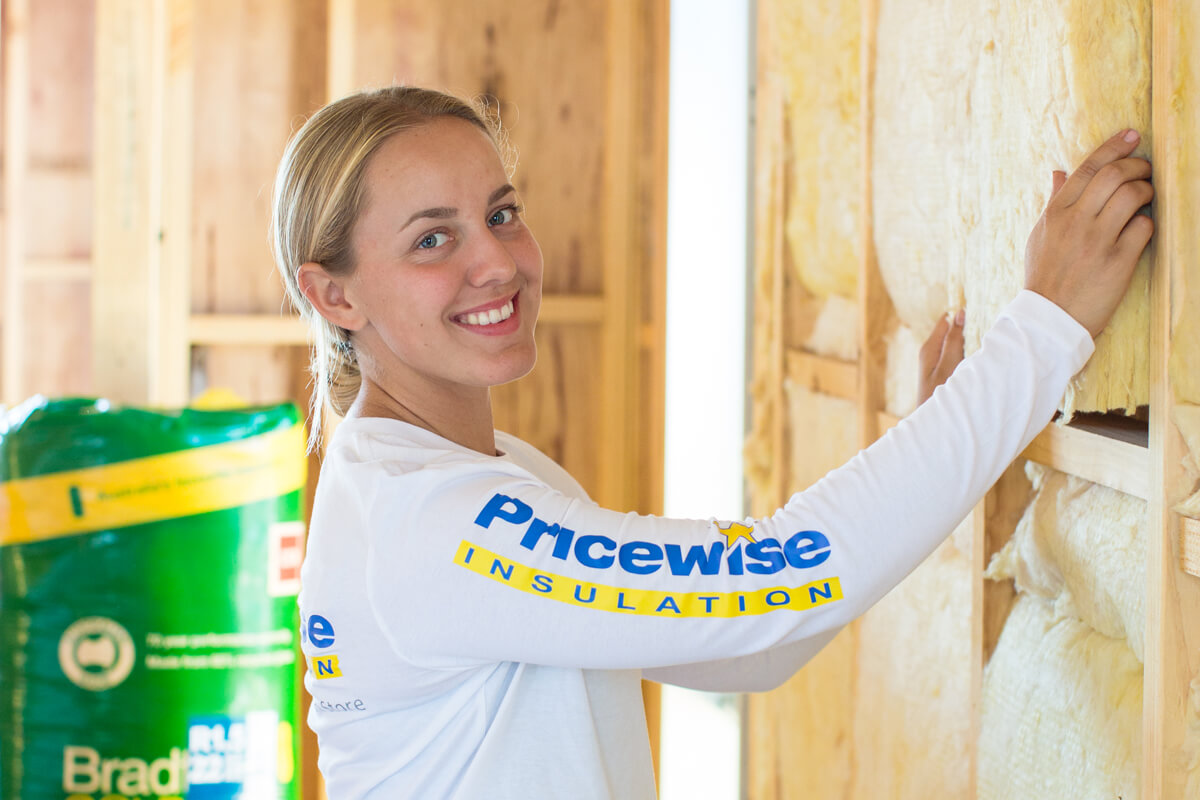
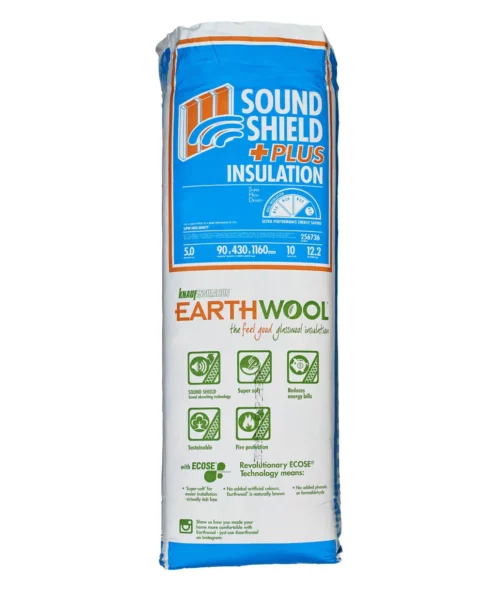
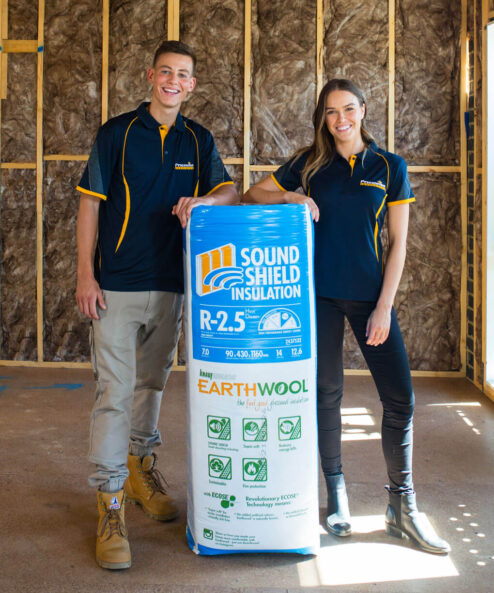
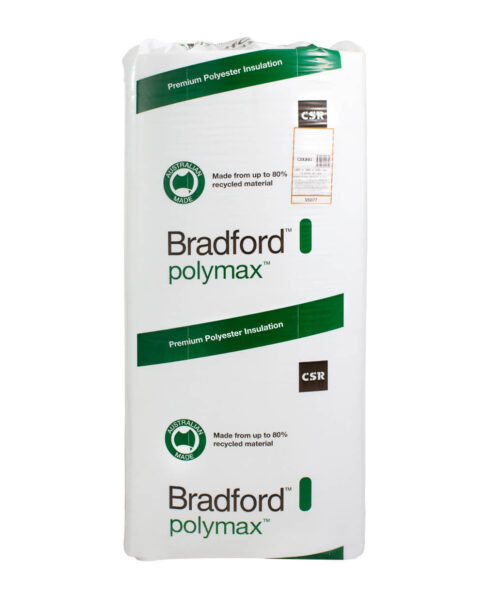
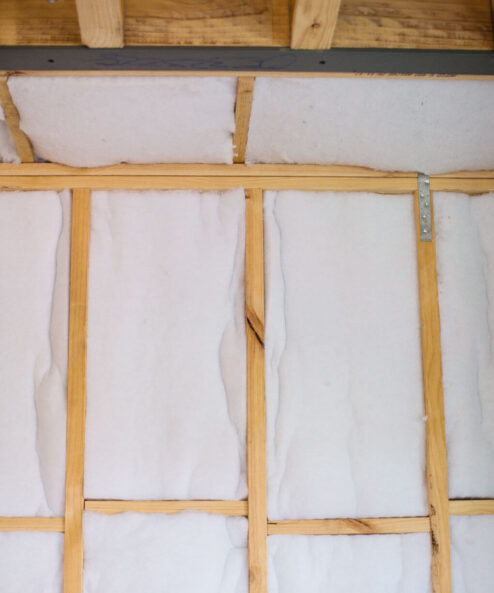
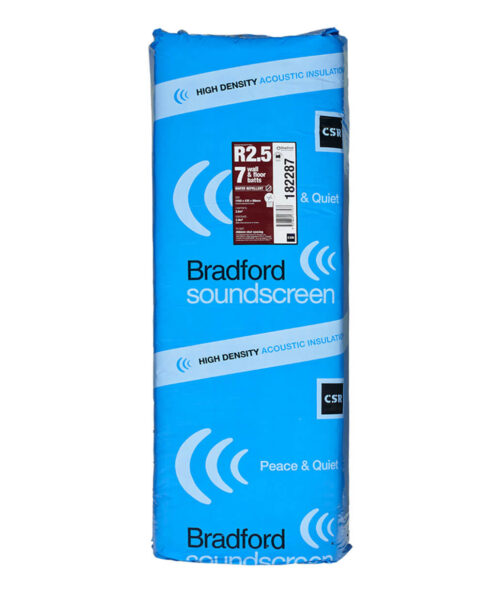
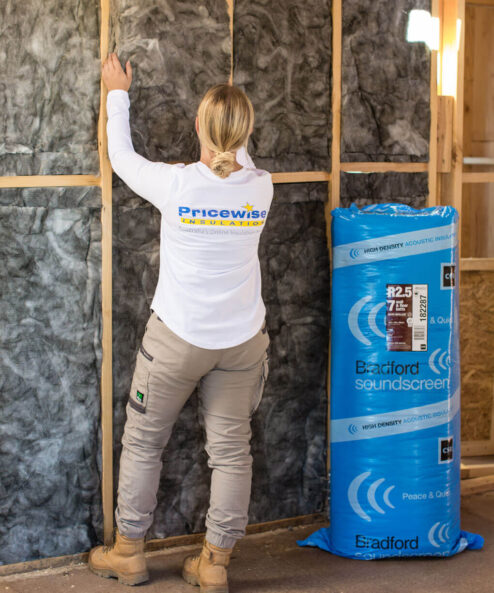
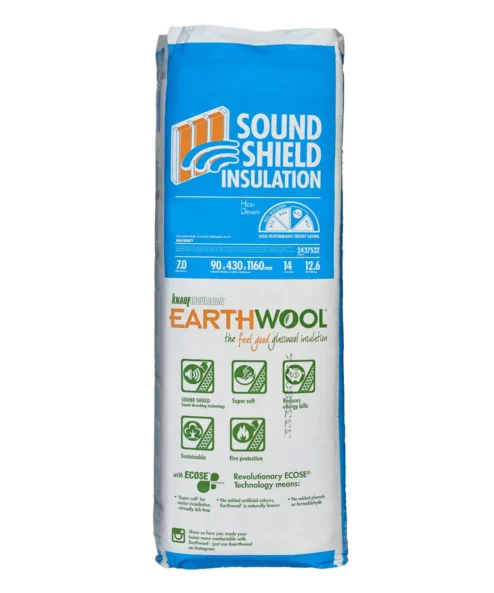
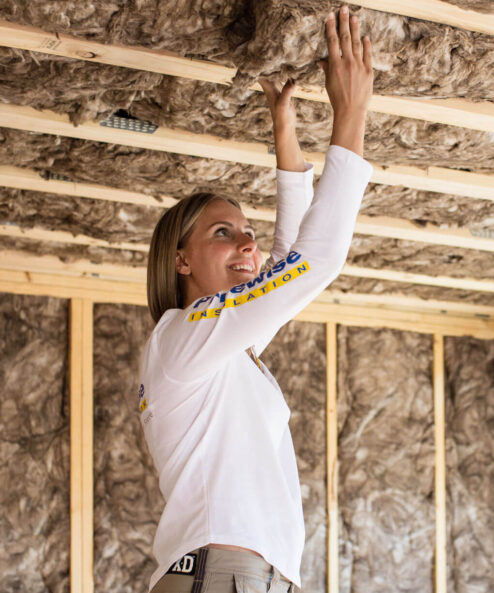
Hi team, I’m looking to place ceiling batts in my roof which has ‘blown in insulation’. Can I place the batts over the current insulation? The area is approximately 41 Sqm give or take, and what would be the cost for the earth wool batts. Cheers Alan
Hi Alan,
Thanks for your comment!
If your blow-in insulation is still in good shape and reaches the top of your ceiling joists, you can insulate over the top of it. However, if the blow-in insulation is patchy or has been damaged by water or vermin, we recommend removing it before installing Earthwool.
To cover this area with Earthwool R4.0 would cost approximately $420. Our website has an online calculator that allows you to see the cost of different R-values if you’d like to explore other options.